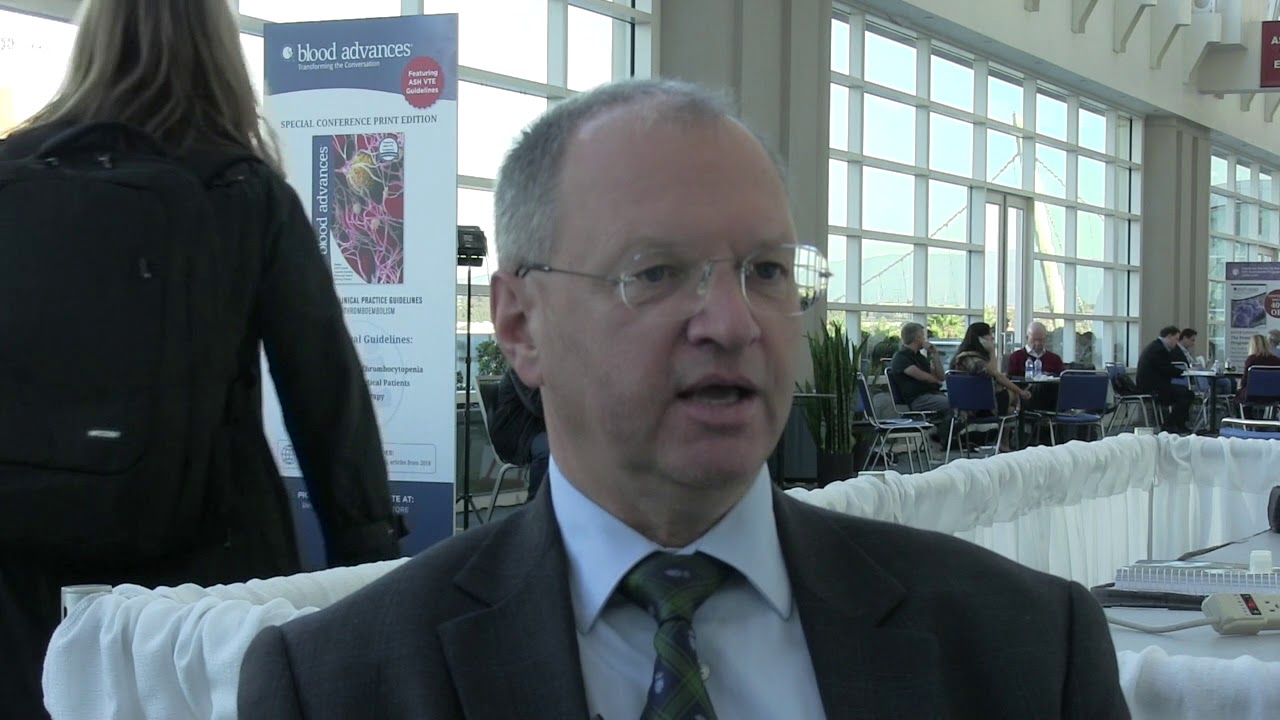Use of hydroxyurea reduced sickle-related clinical events, transfusion, malaria, and death in a population of children in sub-Saharan Africa with sickle cell anemia, according to the results of the REACH trial, presented at the 60th ASH Annual Meeting and Exposition.
“Because of its positive impact on anemia, clinical events, and quality of life, hydroxyurea can now be considered for routine care of children with sickle cell anemia in Africa,” study researcher Leon Tshilolo, MD, PhD, of Centre Hospitalier Monkole, Kinshasa, Democratic Republic of the Congo, said in a prepared statement.
The REACH trial included 635 children aged 1 to 10 with sickle cell anemia enrolled at four sites in sub-Saharan Africa. Prior to study initiation, four children died and 25 others withdrew from the trial.
The remaining 606 children were treated with hydroxyurea capsules donated by the manufacturer at a dose of 15 to 20 mg/kg per day for 6 months unless toxicity occurred. After 6 months, the dose could be escalated using weight and pre-defined laboratory criteria to a maximum tolerated dose.
Children initiated treatment at an average dose of 17.5 mg/kg per day. During the study period, only 5% of patients dropped out due to study withdrawal or death. The majority of patients completed scheduled visits (97%) and collected lab studies (94%). Eighty-five percent of patients achieved a maximum tolerated dose at an average of 22.5 mg/kg per day.
According to the researchers, patients received hydroxyurea capsules, all lab tests, and transportation to the clinic at no charge, which may have contributed to the high rates of retention and adherence.
Overall treatment was well-tolerated, the researchers reported. Only 5% of REACH participants experienced a dose-limiting toxicity during the first 3 months on treatment. Similar studies conducted in the United States in pediatric patients had dose-limiting toxicity rates between 20% and 30%. There were no excess lab toxicities and only 0.18 toxicities per year during 111 patient-years of screening and 0.22 toxicities per year during 1,438 patient-years of treatment.
In addition to its safety, hydroxyurea resulted in clinically significant lab benefits, including hemoglobin concentration, mean corpuscular volume, and fetal hemoglobin. Participants also had significant decreases in white blood cell count, neutrophils, and reticulocytes.
Decreases of about 50% were observed for rates of vaso-occlusive pain, acute chest syndrome, and transfusions. In addition, the rate of malaria decreased from 47.8 to 22.3 events per 100 patient-years and clinically severe malaria decreased from 9.9 to 2.5 events per 100 patient-years during treatment.
“We are very encouraged by the fact that we saw reduction in the rates of malaria and other infections, said Dr. Tshilolo. “This suggests that hydroxyurea doesn’t cause suppression of the immune system in treated children and therefore doesn’t increase their risk for malaria or other infectious diseases.”
Finally, the researchers found a decrease in all-cause mortality with 3.6 deaths per 100 patient-years during screening to 1.1 deaths per 100 patient-years during treatment with hydroxyurea.
Tshilolo L, et al. Realizing effectiveness across continents with hydroxyurea (REACH): a prospective multi-national trial of hydroxyurea for sickle cell anemia in sub-Saharan Africa. Presented at 60th Annual ASH Meeting and Exposition; December 1-4, 2018; San Diego. Abstract #3.







 © 2025 Mashup Media, LLC, a Formedics Property. All Rights Reserved.
© 2025 Mashup Media, LLC, a Formedics Property. All Rights Reserved.